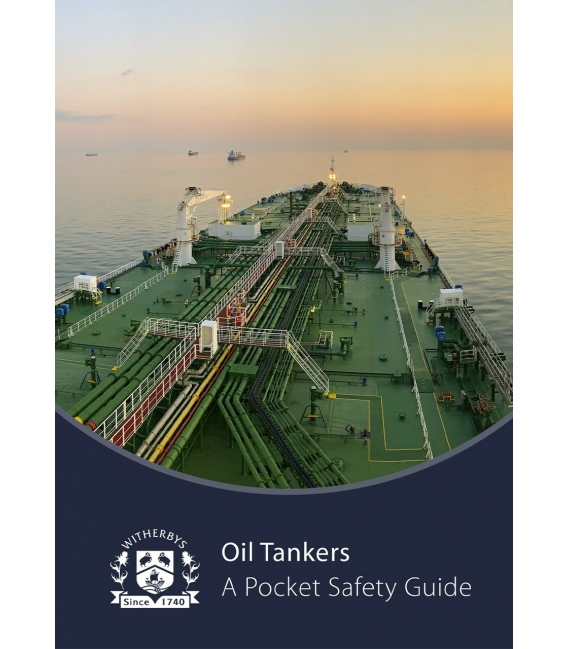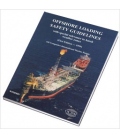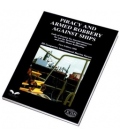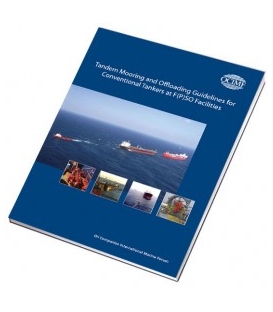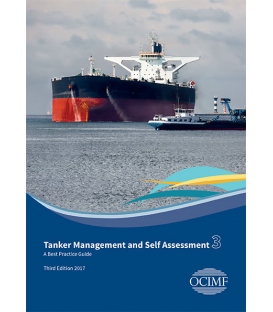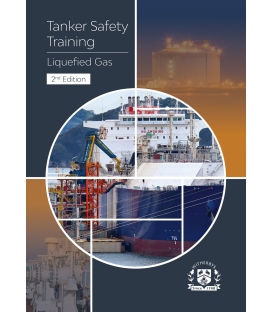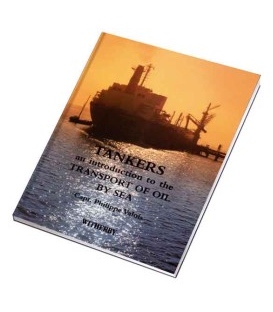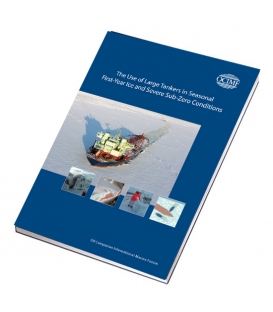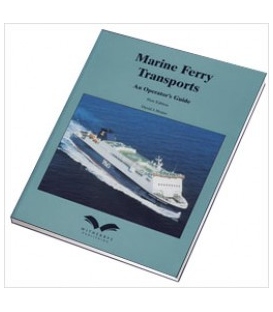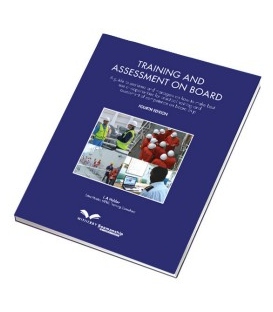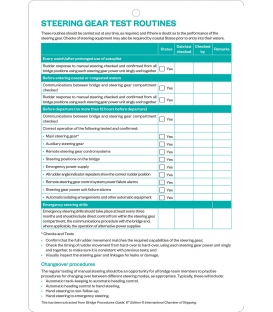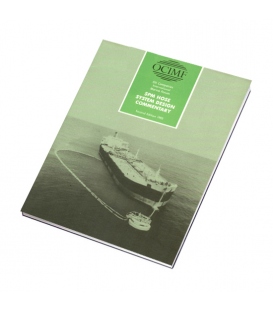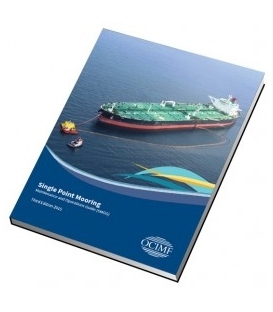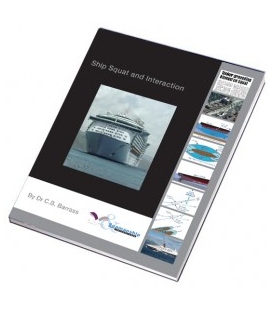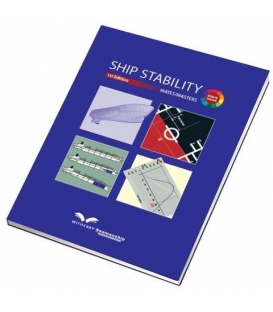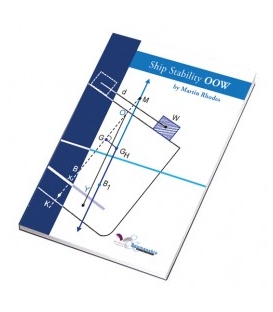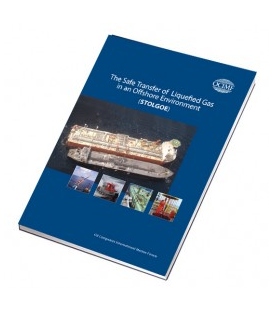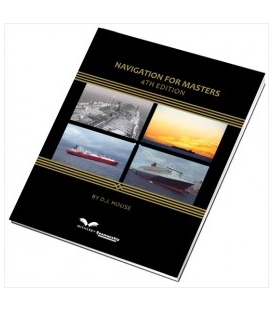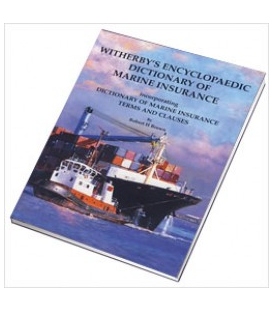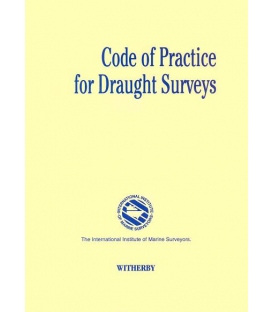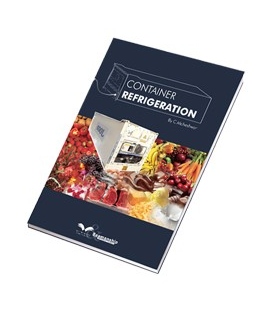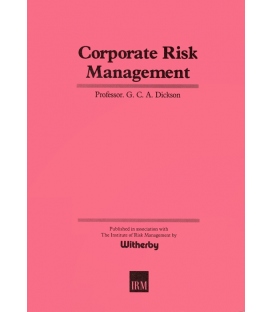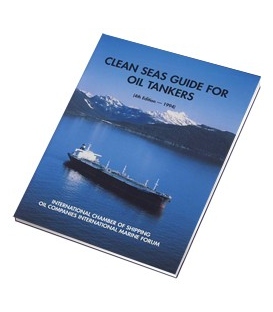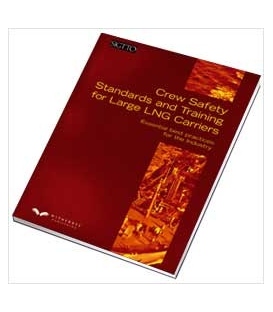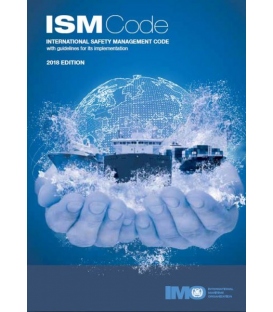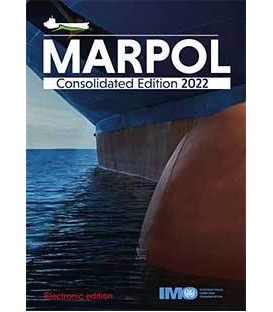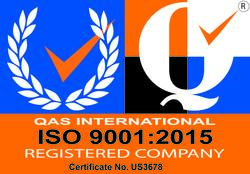

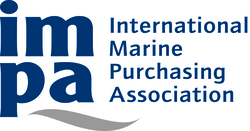
Sign up for our Newsletter
This publication explores best practices on tankers carrying crude oil and petroleum products and provides a good introduction to safe tanker operations and standards. Suitable for seafarers who may be rejoining a tanker after leave, or for a person with little or no experience on tankers, this title contains basic safety information for seafarers of all ranks and positions.
This publication should be read in conjunction with the International Safety Management (ISM) Code, which details standards for a company’s safety management system (SMS) and operating manuals.
All crew members working with dangerous cargoes should have a clear understanding of operations on board a tanker. Through the use of technical diagrams and supporting text, this publication details various tanker types and covers all safety measures to be employed during fire, environmental and operational hazards. Cyber security is also explained, with graphics illustrating the various cyber threats facing ships today. The publication is supplemented by a glossary of technical terms, helping readers familiarise themselves with any new shipboard terminology. Further information may be sought from the publication, ‘ISGOTT: the International Safety Guide for Oil Tankers and Terminals’.
This book explores best practices on tankers carrying crude oil and petroleum products and provides a good introduction to safe tanker practice, terminology and standards. It is not a detailed operational guide, but is aimed as basic safety information for seafarers of all ranks and positions. It is suitable for seafarers who may be rejoining a tanker after leave for example, or for a person with little or no experience on tankers, in particular cadets and new ratings. Ideally, it should be read to aid the familiarisation process whenever you join a tanker.
The International Safety Management (ISM) Code sets standards for your company’s safety management system (SMS) and operating manuals.
These will provide the details and procedures to allow you to work safely at sea, so you must follow them carefully. This book is an addition to these standards and not an alternative to them.
As a crew member working with dangerous cargoes, you should have a clear understanding of operations on board a tanker. Therefore, you are encouraged to seek further information and detail beyond the overview of subjects given here. In particular, you should read the publication ‘ISGOTT: the International Safety Guide for Oil Tankers and Terminals’.
When reading this book, you may find terms that are new to you. A glossary of technical terms is provided at the end and you should refer to this if you are uncertain about meanings. If you are still unsure, ask a senior officer or other responsible member of the crew.
Safety – the Main i
Message About this Book i
Chapter 1 – The Ships v
1.1 General Information ............................................................................ 2
1.2 Handymax Tankers .............................................................................. 3
1.3 Panamax Tankers (pre-2016) ........................................................... 4
1.4 Panamax Tankers (post-2016)......................................................... 4
1.5 Aframax Tankers ................................................................................... 5
1.6 Suezmax Tankers .................................................................................. 6
1.7 Very Large Crude Carriers (VLCCs)................................................ 7
1.8 Ultra Large Crude Carriers (ULCCs)............................................... 8
Chapter 2 – Safety Systems 9
2.1 Risk Assessments............................................................................... 10
2.2 Permit to Work (PTW) Systems ................................................... 12
2.3 Toolbox Talk ........................................................................................ 16
Chapter 3 – Personal Safety 19
3.1 Induction and Familiarisation....................................................... 20
3.2 The Safety Officer .............................................................................. 22
3.3 Slips, Trips and Falls ......................................................................... 23
3.4 The Effects of Slips, Trips and Falls ............................................ 26
3.5 Preventing Slips, Trips and Falls .................................................. 26
3.6 Life on Board ....................................................................................... 28
Chapter 4 – Manual Handling 31
4.1 Manual Handling ............................................................................... 32
4.1.1 Manual Handling – Assessment ...................................... 33
4.1.2 Manual Handling – Best Practice .................................... 35
Chapter 5 – Personal Protective Equipment 47
5.1 Head Protection ................................................................................. 48
5.2 Eye and Face Protection ................................................................. 49
5.3 Respiratory Protection .................................................................... 49
5.4 Ear Protection ..................................................................................... 50
5.5 Body Protection ................................................................................. 51
5.6 Hand and Finger Protection ......................................................... 51
5.7 Foot Protection .................................................................................. 52
5.8 Fall Protection ..................................................................................... 53
5.9 Buoyancy Aids .................................................................................... 54
Chapter 6 – Equipment Hazards 55
6.1 Fixed Equipment ................................................................................ 56
6.2 Portable Tools and Equipment .................................................... 56
6.3 Hot Work .............................................................................................. 58
6.4 Laundry Equipment .......................................................................... 58
6.5 Use of Paints and Chemicals ........................................................ 59
Chapter 7 – Fire Hazards and Extinguishing Fires 61
7.1 Fire Hazards ......................................................................................... 62
7.2 Discovering a Fire .............................................................................. 64
7.3 Classes of Fire ..................................................................................... 65
7.4 Types of Fire Extinguisher .............................................................. 66
7.5 Using a Fire Extinguisher ................................................................ 68
Chapter 8 – Environmental Hazards 71
8.1 What is a Safe Environment?........................................................ 72
8.2 Petroleum Liquids and Chemicals .............................................. 73
8.3 Toxic Gases and Vapours ............................................................... 75
8.4 Flammable Mixtures......................................................................... 77
8.5 Hydrogen Sulphide (H2S) ............................................................... 79
8.6 Effects of H2S ...................................................................................... 80
8.7 Benzene (C6H6) ................................................................................... 81
8.8 Carbon Monoxide (CO) .................................................................. 82
8.9 Sampling, Gauging and Tank Measurement ......................... 83
8.10 Gas Detection Equipment .............................................................. 84
8.11 Testing Hazardous Atmospheres ............................................... 85
Chapter 9 – Enclosed Spaces 87
9.1 What is an Enclosed Space? ......................................................... 88
9.2 Why are Enclosed Spaces Dangerous? .................................... 88
9.3 Entering an Enclosed Space .......................................................... 89
9.4 Duties of the Standby Person ...................................................... 91
9.5 Duties of the Person Authorising or in Charge of the Entry............................. 92
9.6 Communication ................................................................................. 92
9.7 Breathing Apparatus ........................................................................ 94
9.8 Rescue Operations ............................................................................ 95
9.9 Specialised Areas ............................................................................... 95
Chapter 10 – Operational Hazards 97
10.1 Cargo Operations .............................................................................. 98
10.2 Mooring Operations ...................................................................... 103
10.3 Towing Operations ......................................................................... 105
10.4 Anchoring Operations ................................................................... 106
10.5 Safe Access ........................................................................................ 107
10.6 Static Electricity ................................................................................ 108
Chapter 11 – Lifting Operations 111
11.1 Lifting Equipment ............................................................................ 112
11.2 Risk Assessment............................................................................... 112
11.3 Safety Rules for Lifting Operations .......................................... 113
11.4 Load Security .................................................................................... 115
11.5 Cranes and Winches ....................................................................... 115
11.6 Gantry Cranes ................................................................................... 116
11.7 Hand Signals for Lifting Operations ........................................ 117
Chapter 12 – Inspections 119
12.1 Safety Inspections .......................................................................... 120
Chapter 13 – Drills and Emergencies 123
13.1 Drills ...................................................................................................... 124
13.2 Emergency Response .................................................................... 126
13.3 Actions in the Event of Pollution .............................................. 126
13.4 Shipboard Oil Pollution Emergency Plan (SOPEP) ............ 127
Chapter 14 – Cyber Security 129
14.1 Cyber Risk Management .............................................................. 130
14.2 Types of Cyber Attack ................................................................... 132
14.3 Protection from Cyber Attacks .................................................. 133
14.4 Identifying a Cyber Security Attack ......................................... 133
14.5 Passwords ........................................................................................... 134
Chapter 15 – Health and Wellbeing 135
15.1 Healthy Eating .................................................................................. 135
15.2 Fitness and Exercise ....................................................................... 137
15.3 Heat Stress ......................................................................................... 137
15.4 Effects of Heat Stress ..................................................................... 140
15.5 Mental Health ................................................................................... 141
15.6 Ways to Improve Your Mental Health .................................... 142
15.7 Bullying and Discrimination ........................................................ 143
Glossary 145
Witherbys
Witherbys titles are developed using scripts developed by technical experts that are peer reviewed within work groups. Typically, they seek to improve understanding of the regulations, recommendations and guidelines issued by Industry.
Witherbys staff have significant expertise in the fields of navigation and hazardous cargoes as well as in the presentation of complex subjects in a graphic and easy to understand manner.

